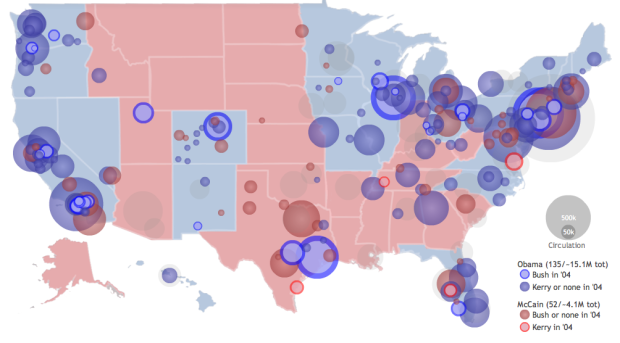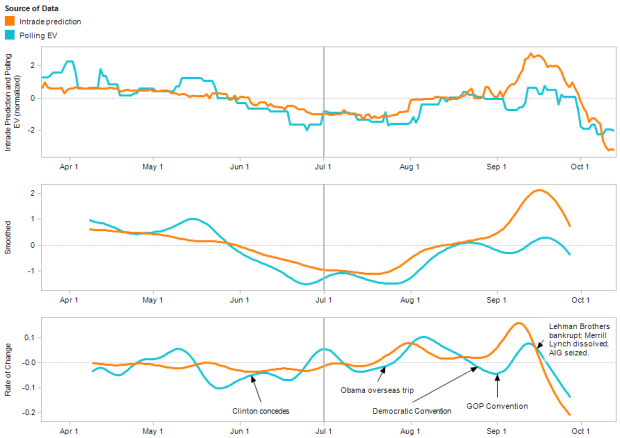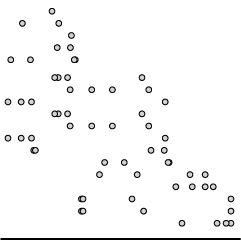 I’ve had sleep troubles for as long as I can remember. When I was in grade school, I used to stay up late (well past 10pm) listening to my Sony Walkman. I later got a 10-inch black and white television in my room from my mom’s college years. My sleep schedule only got worse in high school when I made my first big purchase with money that I had earned cutting vegetables and washing dishes in a restaurant – a beautiful 19-inch color television, with a remote! Now that I have to jump across time zones quite a bit, my sleep patterns have a hit an all-time low, so I was of course excited to receive my SleepTracker Pro in the mail a couple of weeks ago. I’ve been using it ever since.
I’ve had sleep troubles for as long as I can remember. When I was in grade school, I used to stay up late (well past 10pm) listening to my Sony Walkman. I later got a 10-inch black and white television in my room from my mom’s college years. My sleep schedule only got worse in high school when I made my first big purchase with money that I had earned cutting vegetables and washing dishes in a restaurant – a beautiful 19-inch color television, with a remote! Now that I have to jump across time zones quite a bit, my sleep patterns have a hit an all-time low, so I was of course excited to receive my SleepTracker Pro in the mail a couple of weeks ago. I’ve been using it ever since.
Tracking Your Sleep Patterns
 The SleepTracker Pro is a watch that measures your movements while you sleep and wakes you up at an optimal time so that you wake up feeling refreshed instead of cranky and incapacitated. The premise is that the SleepTracker wakes you up when you’re in an almost-awake state. When you’re in deep sleep or in one of your REM cycles, your body is paralyzed, which explains why it’s so hard to get up sometimes, so SleepTracker monitors your movements to wake you up when you’re not in a state of complete floppiness. You can later transfer the data to your computer – which is of course a feature I love.
The SleepTracker Pro is a watch that measures your movements while you sleep and wakes you up at an optimal time so that you wake up feeling refreshed instead of cranky and incapacitated. The premise is that the SleepTracker wakes you up when you’re in an almost-awake state. When you’re in deep sleep or in one of your REM cycles, your body is paralyzed, which explains why it’s so hard to get up sometimes, so SleepTracker monitors your movements to wake you up when you’re not in a state of complete floppiness. You can later transfer the data to your computer – which is of course a feature I love.
Pros
Within the first few days of using my SleepTracker, I noticed an immediate difference. I was waking up feeling refreshed and ready to take on the day. It felt weird getting out of bed right when my eyes opened. I was so used to laying there for an hour not wanting to get up.
Also – and this is probably obvious – I enjoy transferring my nightly sleep data to my computer and looking at my sleep patterns. Sometimes my wife works nights, so I can see the almost-wake states when she comes in really early in the morning. I also see the times when my cat manages to open the bedroom door and jump on my face.
Cons
While advantageous, the SleepTracker could use a few improvements:
- The SleepTracker looks like something from the 80s. It’s a big watch.
- It only stores one night’s worth of data, so if I forget to transfer data to my computer on a day, I lose it.
- The Windows-only user interface is somewhat limited as far as visualization and insight goes.
- A few times the vibration/alarm wasn’t enough to wake me up.
Overall Sentiment
I might never wear the watch during the day, but I will gladly put it on every night when I go to bed. The manual emphasizes changing your habits to get a good night’s sleep, which is a good point – and can probably be said for all types of self-surveillance. It’s not meant as a cure all. You can’t sleep 4 hours or drink a gallon of coffee before going to bed and expect to feel refreshed the next morning. Trust me. I tried. Uh, not the gallon of coffee part. I definitely noticed a difference though when I went to sleep at a decent hour.
The SleepTracker Pro retails at $179, which might be too much for some, but I guess it just comes down to how much you value a good night’s sleep. Personally, I’m happy with it and the new source of personal data isn’t too shabby either.
Has anyone else had any experiences with the SleepTracker?









 The New York Times announced the opening of their
The New York Times announced the opening of their  Visualize This: The FlowingData Guide to Design, Visualization, and Statistics (2nd Edition)
Visualize This: The FlowingData Guide to Design, Visualization, and Statistics (2nd Edition)










